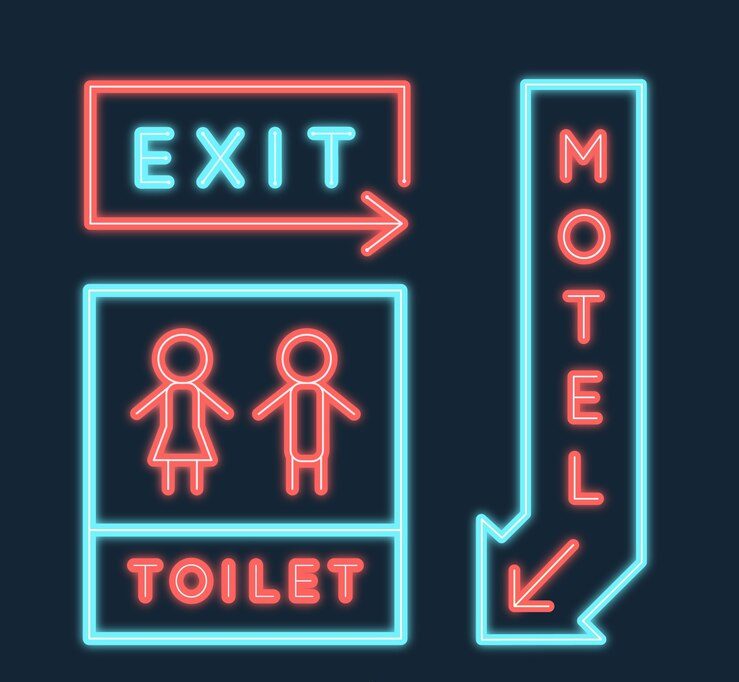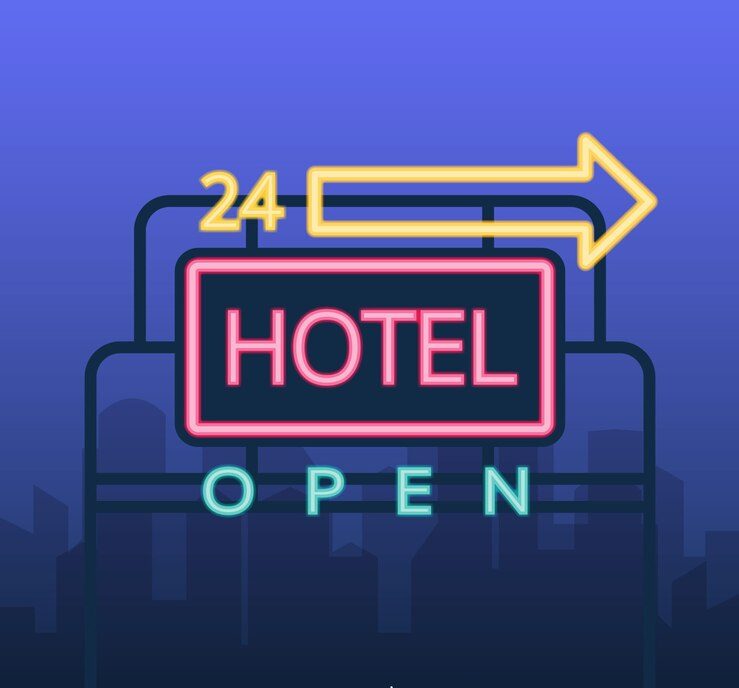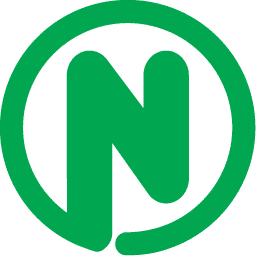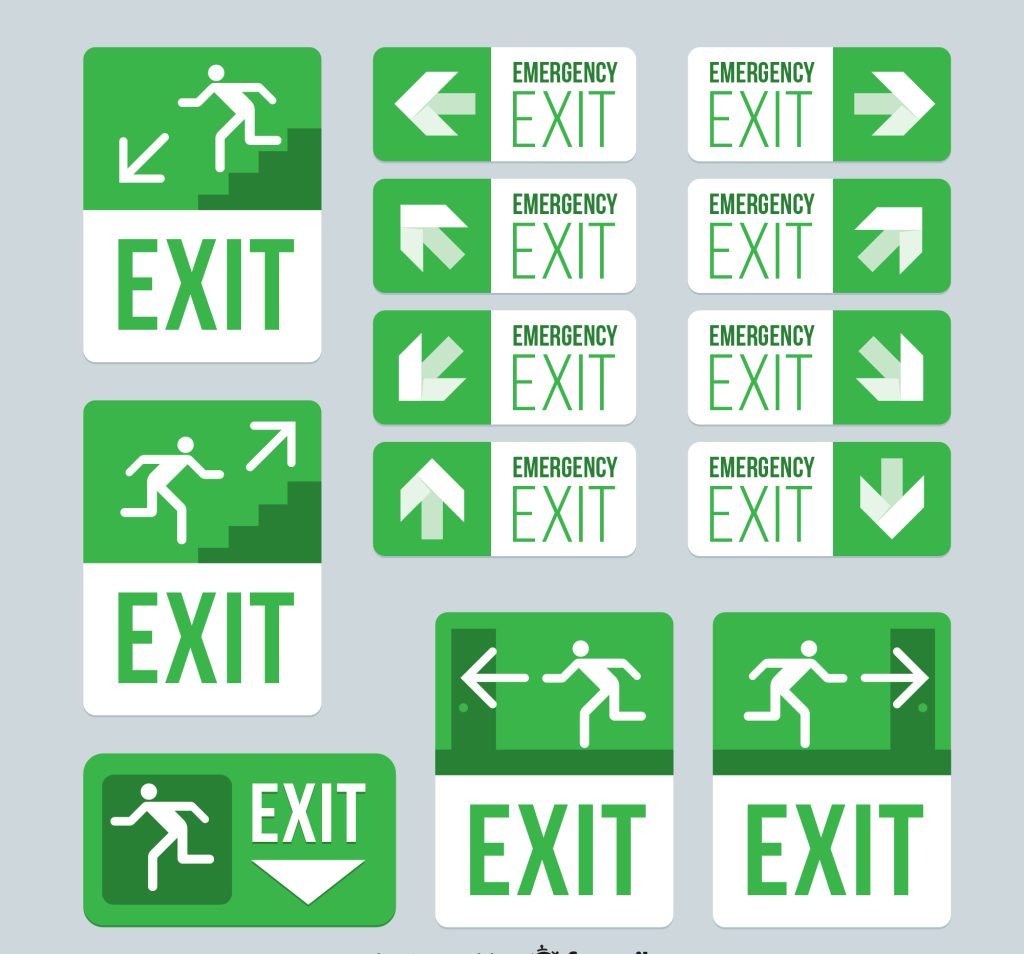Navigating through a complex building or an unfamiliar environment can be challenging without proper guidance. This is where wayfinding signage comes into play. At Nanyang Advertising, we specialize in creating effective wayfinding signage that helps people find their way with ease. In this comprehensive guide, we’ll explore what is wayfinding signage, delve into the specifics of interior wayfinding signage, and highlight the importance of hotel wayfinding signage.
What is Wayfinding Signage?
Definition and Purpose
What is wayfinding signage? Wayfinding signage refers to a system of visual cues, such as signs, maps, and symbols, designed to guide people through a physical environment. The primary purpose of wayfinding signage is to provide clear, concise information that helps individuals navigate from one location to another efficiently and safely.
Key Elements of Wayfinding Signage
Wayfinding signage typically includes several key elements:
- Directional Signs: These signs point the way to different destinations, such as exits, restrooms, or specific rooms within a building.
- Identification Signs: These signs label specific locations, such as room numbers, department names, or building entrances.
- Informational Signs: These signs provide additional information that may be helpful, such as hours of operation, rules, or instructions.
- Regulatory Signs: These signs communicate rules and regulations, such as no smoking areas or restricted access zones.
Benefits of Effective Wayfinding Signage
Effective wayfinding signage offers numerous benefits:
- Improved Navigation: Helps individuals navigate complex environments easily.
- Enhanced Safety: Reduces the risk of getting lost or ending up in restricted areas.
- Increased Efficiency: Saves time by providing clear directions to desired destinations.
- Positive Experience: Enhances the overall experience of visitors by reducing frustration and confusion.

Interior Wayfinding Signage
Importance of Interior Wayfinding Signage
Interior wayfinding signage plays a crucial role in guiding individuals within indoor environments, such as office buildings, hospitals, shopping malls, and educational institutions. This type of signage is essential for ensuring that people can find their way around these often complex and sprawling spaces.
Types of Interior Wayfinding Signage
There are various types of interior wayfinding signage designed to meet different needs:
- Lobby Directories: Located at the entrance of buildings, these directories provide an overview of the entire facility and guide visitors to their desired locations.
- Floor Directories: Placed at key points on each floor, these signs help visitors navigate to different rooms or departments.
- Directional Arrows: These signs use arrows to point the way to different locations within the building.
- Room Identification Signs: These signs label individual rooms and offices, making it easy for visitors to find specific locations.
- Regulatory Signs: These signs communicate important information about rules and regulations within the building, such as fire exits and emergency procedures.
Design Considerations for Interior Wayfinding Signage
When designing interior wayfinding signage, several factors need to be considered:
- Clarity: The signage should be easy to read and understand, with clear text and simple symbols.
- Consistency: The design should be consistent throughout the building, using the same fonts, colors, and symbols.
- Visibility: The signs should be placed in prominent locations where they are easily visible.
- Accessibility: The signage should be accessible to all individuals, including those with disabilities. This may include the use of braille, tactile elements, and high-contrast colors.
- Aesthetics: The design should complement the interior decor of the building, blending seamlessly with the overall aesthetic.
Examples of Interior Wayfinding Signage
- Office Buildings: In office buildings, wayfinding signage helps employees and visitors find their way to different departments, meeting rooms, and facilities.
- Hospitals: In hospitals, wayfinding signage guides patients and visitors to different wards, clinics, and services, ensuring they reach their destinations quickly and safely.
- Shopping Malls: In shopping malls, wayfinding signage directs shoppers to different stores, food courts, restrooms, and exits.
- Universities: In universities, wayfinding signage helps students and visitors navigate the campus, find classrooms, administrative offices, and other facilities.

Hotel Wayfinding Signage
Importance of Hotel Wayfinding Signage
Hotel wayfinding signage is essential for providing guests with a positive and stress-free experience. Hotels can be large and complex, with multiple floors, rooms, amenities, and facilities. Effective wayfinding signage ensures that guests can easily find their way to their rooms, restaurants, conference rooms, and other amenities.
Types of Hotel Wayfinding Signage
There are several types of hotel wayfinding signage that cater to the needs of guests:
- Lobby Directories: These directories provide an overview of the hotel’s layout and guide guests to different areas, such as the reception, restaurants, and conference rooms.
- Floor Directories: Placed on each floor, these signs help guests navigate to their rooms and other facilities.
- Directional Arrows: These signs use arrows to point the way to different areas within the hotel.
- Room Identification Signs: These signs label individual rooms, making it easy for guests to find their accommodations.
- Amenity Signs: These signs provide directions to amenities such as the gym, spa, pool, and business center.
- Emergency Signs: These signs provide information on emergency exits and procedures, ensuring the safety of guests in case of an emergency.
Design Considerations for Hotel Wayfinding Signage
Designing effective hotel wayfinding signage involves several considerations:
- Guest Experience: The signage should enhance the guest experience by providing clear and concise information that reduces confusion and frustration.
- Brand Consistency: The design should be consistent with the hotel’s brand, using the same fonts, colors, and style.
- Visibility: The signs should be placed in prominent locations where they are easily visible to guests.
- Accessibility: The signage should be accessible to all guests, including those with disabilities. This may include the use of braille, tactile elements, and high-contrast colors.
- Aesthetics: The design should complement the hotel’s interior decor, blending seamlessly with the overall aesthetic.
Examples of Hotel Wayfinding Signage
- Luxury Hotels: In luxury hotels, wayfinding signage guides guests to their rooms, restaurants, spas, pools, and other amenities, ensuring a seamless and enjoyable stay.
- Business Hotels: In business hotels, wayfinding signage directs guests to conference rooms, business centers, and other facilities, supporting a productive and efficient stay.
- Resorts: In resorts, wayfinding signage helps guests navigate the sprawling grounds, find recreational facilities, dining options, and other amenities.
The Role of Technology in Wayfinding Signage
With advancements in technology, wayfinding signage has evolved to include digital solutions that enhance the user experience. Digital wayfinding signage offers several benefits:
- Interactive Maps: Interactive digital maps allow users to search for specific locations and receive step-by-step directions.
- Real-Time Updates: Digital signage can be updated in real-time to reflect changes in layout, temporary closures, or special events.
- Multilingual Support: Digital signage can support multiple languages, catering to a diverse audience.
- Integration with Mobile Devices: Digital wayfinding solutions can integrate with mobile apps, allowing users to access navigation assistance on their smartphones.
Benefits of Professional Wayfinding Signage Design and Installation
Partnering with a professional signage company like Nanyang Advertising ensures that your wayfinding signage is designed and installed to the highest standards. Here are some benefits of professional wayfinding signage design and installation:
- Expertise: Professional designers have the expertise to create effective and visually appealing wayfinding signage that meets your specific needs.
- Customization: Professional signage companies can customize the design to match your brand and the unique requirements of your environment.
- Quality Materials: Professional signage companies use high-quality materials that are durable and long-lasting.
- Compliance: Professional signage companies ensure that your wayfinding signage complies with all relevant regulations and accessibility standards.
- Installation: Professional installation ensures that your signage is placed correctly and securely, maximizing visibility and effectiveness.
Future Trends in Wayfinding Signage
As technology continues to advance, the field of wayfinding signage is evolving to incorporate innovative solutions that enhance user experience and efficiency. Here are some future trends in wayfinding signage:
- Augmented Reality (AR): AR technology is being integrated into wayfinding signage to provide interactive and immersive navigation experiences. Users can point their smartphones at signs to receive real-time, on-screen directions and information.
- Beacon Technology: Beacons are small, wireless devices that communicate with smartphones to provide location-based information. When integrated with wayfinding signage, beacons can guide users to their destinations with precision and accuracy.
- Eco-Friendly Materials: As sustainability becomes a priority, there is a growing trend towards using eco-friendly materials in wayfinding signage. Recyclable and biodegradable materials are being utilized to reduce environmental impact.
- Personalized Wayfinding: Advances in data analytics and artificial intelligence are enabling personalized wayfinding experiences. Systems can learn user preferences and habits to provide tailored navigation suggestions.
- Voice-Activated Wayfinding: Voice-activated wayfinding systems are emerging, allowing users to receive spoken directions and information. This is particularly beneficial for individuals with visual impairments.
Case Studies: Successful Wayfinding Signage Projects
Hospital Wayfinding Signage
A major hospital in Singapore recently implemented a comprehensive wayfinding signage system designed by Nanyang Advertising. The project involved:
- Lobby Directories: Interactive digital directories in the lobby provided an overview of the hospital layout and guided patients to various departments.
- Floor Directories: Each floor had clear and concise directories to help patients and visitors navigate to different wards and clinics.
- Room Identification Signs: Rooms and departments were clearly labeled with identification signs, reducing confusion and improving patient experience.
- Emergency Signage: Clear and visible emergency signage ensured that patients and staff could quickly locate exits and emergency procedures.
The result was a significant improvement in patient satisfaction and a reduction in the time spent navigating the hospital.
Hotel Wayfinding Signage
A luxury hotel in Singapore partnered with Nanyang Advertising to revamp its wayfinding signage system. The project included:
- Lobby Directories: Elegant and branded lobby directories that matched the hotel’s luxurious aesthetic.
- Directional Arrows: Discreet yet visible directional arrows guiding guests to various amenities, including restaurants, spas, and conference rooms.
- Room Identification Signs: High-quality room identification signs that enhanced the guest experience.
- Amenity Signs: Clear signage for amenities such as the pool, gym, and business center, ensuring guests could easily find their way.
The new wayfinding signage system received positive feedback from guests and contributed to a seamless and enjoyable stay.
Implementing Wayfinding Signage: Best Practices
When implementing a wayfinding signage system, it is essential to follow best practices to ensure effectiveness and user satisfaction:
- Conduct a Wayfinding Audit: Before designing signage, conduct a wayfinding audit to identify key navigation points, potential challenges, and user needs.
- Engage Stakeholders: Involve stakeholders, including building managers, staff, and end-users, in the design process to gather insights and feedback.
- Use Clear and Concise Language: Ensure that the text on signage is clear, concise, and easy to understand. Avoid jargon and overly technical terms.
- Prioritize Accessibility: Design signage that is accessible to all users, including those with disabilities. Use braille, tactile elements, and high-contrast colors where necessary.
- Maintain Consistency: Maintain consistency in design elements such as fonts, colors, and symbols throughout the wayfinding system to avoid confusion.
- Test and Iterate: Test the wayfinding system with real users to identify any issues and make necessary adjustments. Continuous iteration ensures the system remains effective.
The Importance of Professional Wayfinding Signage
Partnering with a professional signage company like Nanyang Advertising ensures that your wayfinding signage is designed and implemented to the highest standards. Our team of experts understands the intricacies of wayfinding design and can create custom solutions that meet your specific needs.
Why Choose Nanyang Advertising?
- Expertise: Our team has extensive experience in designing and installing wayfinding signage for various environments, including hospitals, hotels, office buildings, and shopping malls.
- Customization: We offer fully customizable signage solutions tailored to your brand and requirements.
- Quality Materials: We use high-quality, durable materials to ensure your signage lasts and maintains its appearance over time.
- Compliance: We ensure that all signage complies with relevant regulations and accessibility standards.
- Seamless Installation: Our professional installation team ensures that your signage is installed correctly and securely, maximizing its effectiveness.
Conclusion
Wayfinding signage is a crucial component of any built environment, providing clear and concise information that helps individuals navigate with ease. Whether you are looking to understand what is wayfinding signage, improve interior wayfinding signage, or enhance hotel wayfinding signage, effective wayfinding solutions can significantly enhance user experience, improve safety, and increase efficiency.
At Nanyang Advertising, we are dedicated to creating high-quality wayfinding signage that meets the unique needs of our clients. Our expertise, customization options, and commitment to quality ensure that your signage is not only functional but also visually appealing and consistent with your brand.
If you’re ready to enhance the navigation of your environment with professional wayfinding signage, contact Nanyang Advertising today. Let us help you create a seamless and enjoyable experience for your visitors.
Contact Us
- Email: nanyangadvertising@gmail.com
- Phone: +65 97209212
- Address: 265 Jalan Besar road s208938 , Singapore
Visit our website at Nanyang Advertising for more information and to see examples of our work. Enhance your environment with effective wayfinding signage from Nanyang Advertising.

